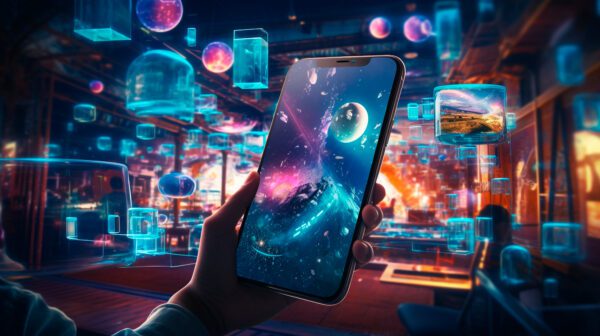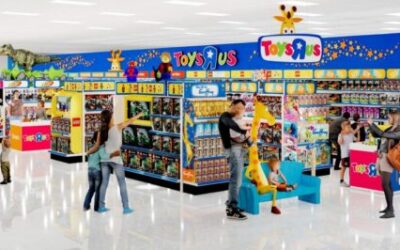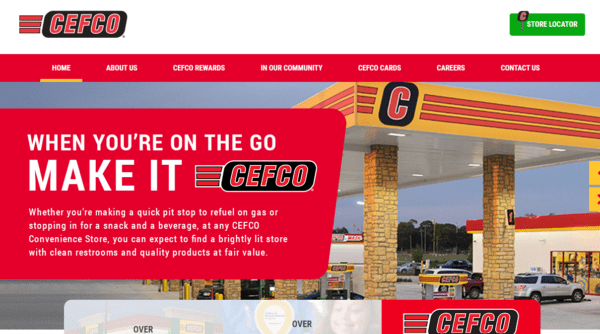From Custom Worlds to Contextual Ads: Unlocking the Power of Games Advertising


Advertisers already have a healthy appetite for games advertising: IAB’s latest study on games advertising found that 40% of advertisers plan to boost spending in this area over the coming year, making it the third-most popular channel for increased investment, after social media (47%) and digital video (40%).
But despite these high levels of interest, only a few brands and retailers have fully tapped into the potential of this channel. During IAB’s latest PlayFronts event, executives across the gaming and advertising landscape delved into new research that reaffirmed the current value — and future potential — of gaming.
Roblox: The Beginning but Not the Ending
Of course, Roblox is at the center of a lot of these discussions, given its presence in the cultural zeitgeist. More than 240 branded games were launched on Roblox in 2023, up from a mere 10 in 2019. Minecraft and Fortnite also are raising their profiles because they empower customers to express themselves and connect with the world around them. Minecraft has over 166 million monthly active users and has sold over 300 million units, while Fortnite has acquired 44.7 million monthly active users who play over 102 million hours per month.
Brands across industries, from media to sports, retail and even insurance, are testing different advertising formats to not only drive brand awareness but also generate bottom-line results, according to the IAB report. They assessed brands’ usage of various ad formats, such as branded worlds, adjacent ad placements in gaming experiences, “advergames” (custom games designed around a specific product or brand), digital skins and other branded digital objects and sponsored gameplay experiences.
More than 90% of advertisers noted that games advertising helps them engage with the right consumers with relevant messaging, with most noting its power in helping them reach valuable, often hard-to-reach audiences, according to IAB. Nearly as many advertisers (86%) noted that games advertising amplifies the overall impact of their campaigns, with 85% saying that they are confident in their ability to measure the results of their games advertising campaigns.
The Influence of Fandoms on Games Advertising
At the center of gaming’s explosion is the role of fandom or, more specifically, fan culture. Consumers are constantly eager to discover “the next big thing,” whether that is the next big song, TV show, internet meme or fashion trend. What determines that next big thing “is for the mainstream to believe that thing is cool or innovative,” and smaller fandoms often kickstart this process, spreading the word about their passions to anyone and everyone that will listen, according to Bill Young, Head of Games at Twitch.
“When we think about the spaces within culture that have the capacity to influence a collective group, fandoms and fan culture are a really big part of it,” Young explained. “Today, there is a community for every single passion, large or small. And those communities of fans who come together for their love of that one topic have an outsized influence over what gets specific attention within those communities. And that has a propensity to extend out beyond those communities and into the broader public sphere.”
Up to 64% of fans surveyed by Twitch Ads revealed that their gaming fandom is “a defining part of their identity,” and even more (70%) of respondents said that their fandoms and the surrounding communities are part of their everyday life.
Brands can Embed Themselves in Fans’ Long-Term Relationships with Games
Twitch Ads found that these fandoms are not only ever-present in consumers’ daily lives; they also last for years — or in some cases, lifetimes. The average gaming fan indicated that they have been involved in their gaming fandoms for more than 12 years. Brands can embed themselves into these long-term relationships by participating in big fandom moments and events via content creation and advertising. In fact, 61% of fans surveyed said they enjoy seeing brands sponsor or create content related to their fandoms.
“There’s this misconception that gamers are averse to advertising,” Young said. “They’re not averse to advertising, but they are averse to tone deaf, ham-fisted advertising that talks at them. They welcome brands that bring value to the content that they enjoy, especially those that enhance that experience.”
As with many other dedicated groups, empathy, passion and understanding of their culture are basics, according to Young: 63% of fans surveyed said that any brand can get involved with fandoms as long as they make the effort to understand it.
Consumer Hunger for Self-Expression Unlocks New Opportunities for Engagement
While many research studies indicate that gaming helps consumers unwind, pass the time and even connect with their peers, new research from Fandom indicates that more and more people are turning to gaming platforms to express their individuality.
Fandom’s latest Inside Gaming research found that 46% of consumers game for creation, imagination and self-expression, a 10% increase year-over-year. Consumers within this group report spending 30% more time wanting to game, and “feel more attracted to gaming today than they ever have before,” said Ali Saraniti, Director of Sales Research and Insights at Fandom.
Respondents pointed to Roblox, Fortnite and Sims as examples of games that encourage imagination and self-expression. Digging deeper into the qualities of these and other similar games, Saraniti and the Fandom team uncovered three criteria that resonate most with players:
- In-game personalization: Players can customize and tailor the experience, giving them a greater sense of ownership;
- Vast, open worlds: The gaming environment offers various pathways and journeys, so players can always discover something new; and
- Constant updates: New lands, levels and customizations inspire players to keep coming back and explore what’s new.
“We found that seven in 10 players claimed that self-expression through gameplay is a more active decision for them today than it has ever been before,” Saraniti said. “Because people are seeing gaming as this way of self-expression, and because people are leaning into this as a motivation, the games and the platforms that allow them to do so are seeing a much higher interest now than ever before.”
Bridging the Gaming/Real Life Gap
Consumers who use gaming as a vehicle for self-expression are missing that level of control and connection in the real world: 80% of consumers claim their gamer personality is different than their in-real-life personality, “because it’s easier for them to be who they want to be in the game than they can in real life,” Saraniti noted.
Moreover, 50% of gamers claim they want their real-life presence to be more like their gaming presence, and 72% said they feel more positively about brands that allow them to do so. Younger consumers (aged 18 to 34) have a higher propensity to feel this way.
Brands have the unique opportunity to engage with these consumers by bridging that gap. For example, beauty and fashion brands can develop licensing deals or product lines that align with those games that are more likely to enable self-expression. Saraniti added that there are more evergreen events that are central to “gaming culture,” such as conventions like Comic Con, where brands can engage authentically with these consumers.











